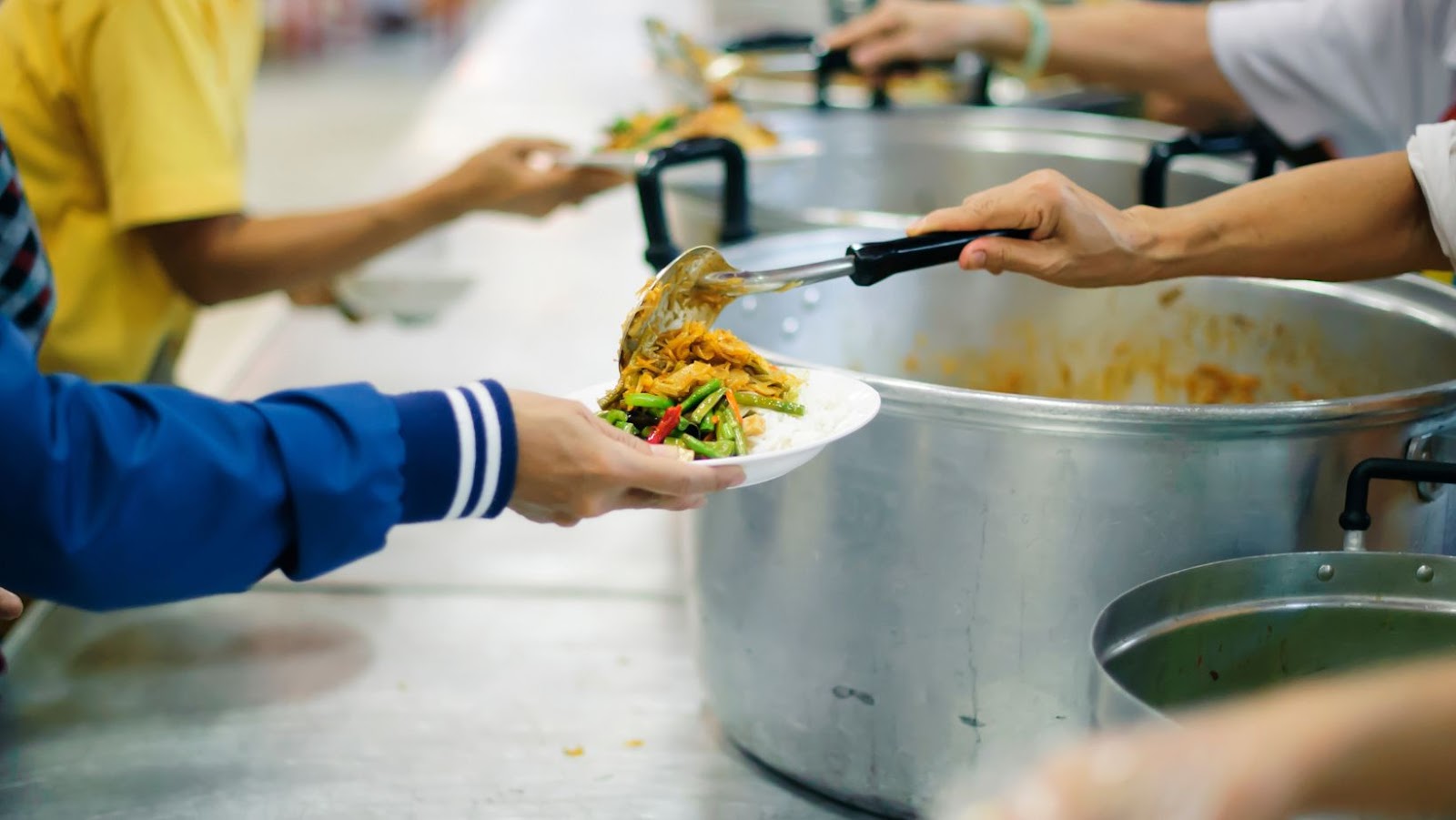How to Feed the Hungry in Your Community

According to the U.S. Department of Agriculture, 34 million Americans, including almost 9 million children, can’t afford enough to eat. Demand at soup kitchens, food banks, and food pantries soared during the COVID-19 pandemic, when many people lost their jobs, and it remains high even now. In fact, some expect the problem to worsen throughout 2023.
It’s almost guaranteed that there are households in your community struggling to put food on the table. You may only be one person, but you can do your part to fight food insecurity and hunger in your community. Here’s how.
Donate Cash to Your Local Food Bank or Pantry
You might be tempted to go buy a cart full of groceries to donate to your local food bank, food pantry, or soup kitchen, but it’s actually more cost-effective to donate your cash directly to the facility instead. That’s because these organizations can buy large quantities of food in bulk for discounted prices. Give your $100 directly to a food bank or food pantry, and they’ll be able to buy much more food with it than you’d be able to buy at the grocery store, so your money will stretch further and help more people.
Donating cash to your local food bank also ensures that the food bank can buy exactly what is most needed. This might include protein-rich non-perishable food items, like peanut butter or canned meats, or even fresh foods. It might also include items you wouldn’t think to buy yourself, like toiletries.
Advocate for Your Hungry Neighbors
The most effective thing you can do to help your hungry neighbors get access to more food is to petition the federal government for help. The federal government sponsors programs like the Supplemental Nutrition Assistance Program (SNAP), designed to help people who can’t afford to buy groceries.

You can help by writing or calling your representative in Congress to let them know that you support expanding SNAP and other anti-hunger legislation. Put a personal face on your message by describing how you or someone else in your neighborhood has relied on nutrition assistance to get by. There’s no need to mention anyone by name, of course.
Volunteer at Your Local Food Bank or Soup Kitchen
Most food banks, soup kitchens, and food pantries always need volunteers to help sort expired from non-expired food products, organize food on the shelves, and pack bags and boxes to hand out to the hungry. Call your local food bank, food pantry, or soup kitchen and ask how you might be of service. Don’t forget to mention any special skills you might have that could be put to use by the organization. For example, your local food pantry might be in need of someone with administrative skills or grant-writing skills. You can also get your kids involved in volunteering at most food banks and food pantries. Volunteering to help those affected by food insecurity is a great way of teaching kids about hunger.
Write a Letter to the Editor
You might not realize it, but your representatives in Congress and even in your state legislature are reading your local newspapers to stay abreast of what issues are affecting their constituents and what issues their constituents care about. One way to get the attention of your representatives is to write a letter to the editor about the impact of food insecurity in your community. Include stories of how real people in your community are using SNAP and other nutrition assistance resources to make ends meet.
Host a Virtual Food Drive
A traditional food drive involves collecting non-perishable food donations from people at your office, school, church, or neighborhood and donating them to a local food bank or food pantry. A virtual food drive, on the other hand, involves collecting cash donations from family, friends, and other connections online.

You can host a virtual food drive on crowdsourcing platforms like GoFundMe, or you can reach out to organizations like Feeding America for resources to help you host a virtual food drive. Hosting a virtual food drive can help you magnify your own contribution to local nutrition assistance charities, so you can help more people in your community get enough to eat.
Hunger affects people all across the United States, including families raising children. While you may not be able to solve the problem of hunger on your own, you can do your part to help your neighbors get the nutrition they need to live fulfilling, healthy lives.
-
Quotes1 year ago
30 Inspirational Thoughts For The Day
-
Self Improvement1 year ago
7 Tips To Recreate Your Life In 3 Months And Change Your Destiny
-
Motivation1 year ago
5 Excellent Ways To Stay Focused On Your Dreams
-
Quotes1 year ago
21 Quotes About Chasing Perfection And Striving For It
-
Health1 year ago
4 CBD Products Your Dog Deserves To Have
-
Personal Finance2 months ago
How Do I Find My UCAS ID Number?
-
Entrepreneurs1 year ago
1Password Evaluation – The Highest Ranked Password Manager Out There
-
Entrepreneurs2 years ago
51 Lucrative Ways to Make Money From Home

























